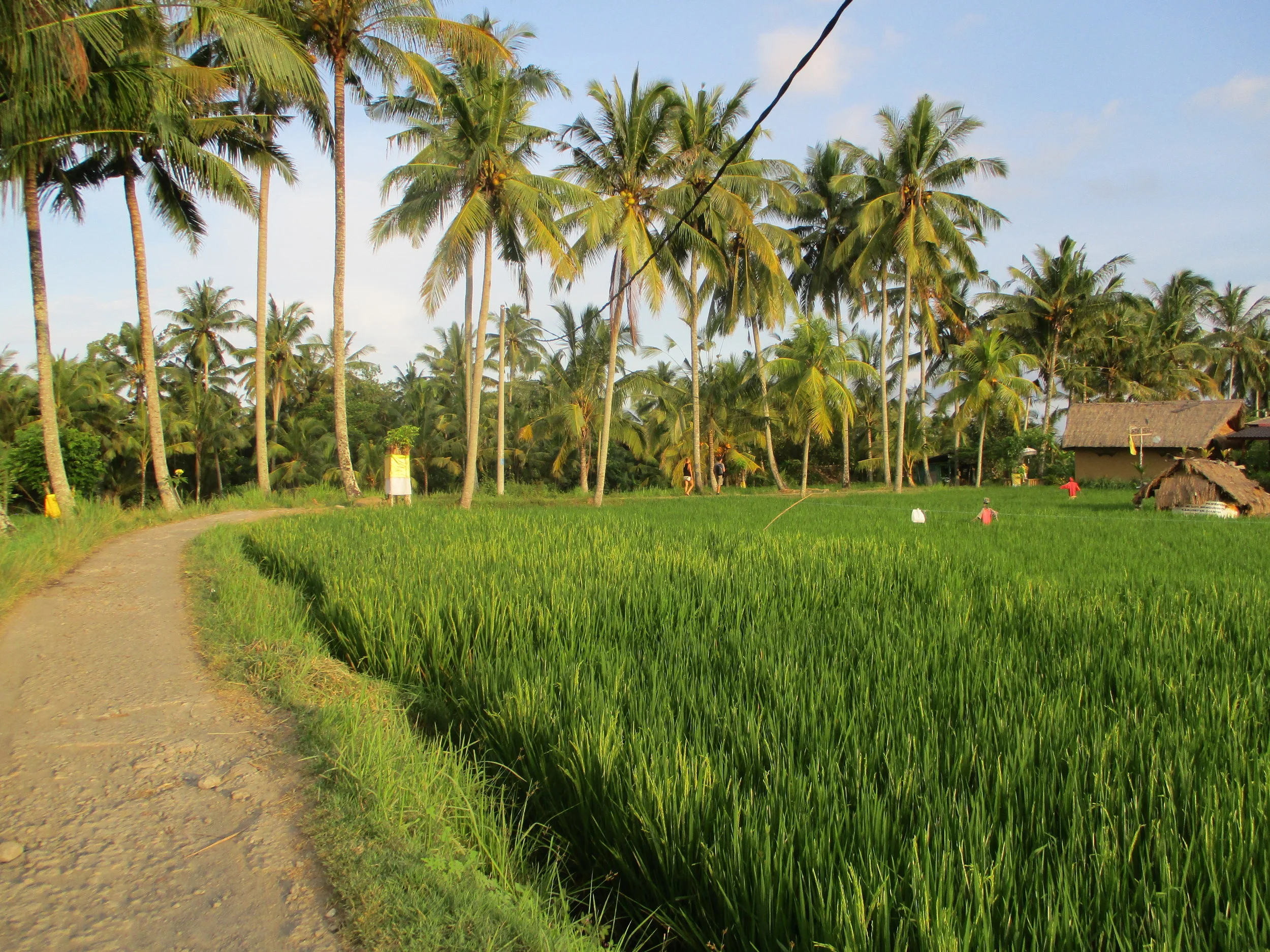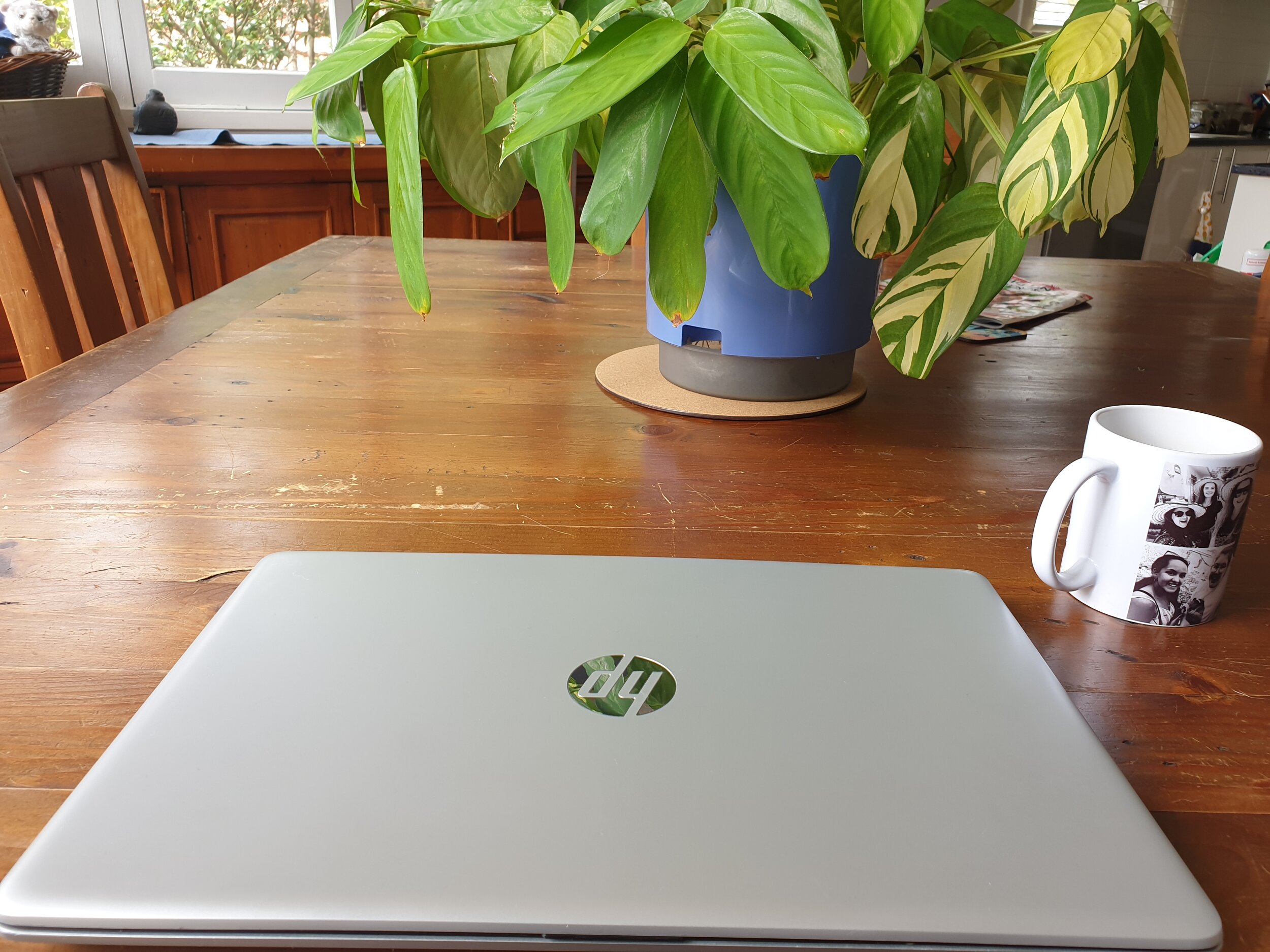Switzerland is one of my favourite places in the world. Its natural beauty is breathtaking; I could never tire of the country’s tranquil waters and panoramic mountainscapes. That said, I probably could tire of how spenny it is - ha!
The Swiss Alps are often the country’s main draw, entising visitors from far and wide with its world-renowned ski resorts and apres-ski lifestyle. While I love the idea of a post-ski hot tub session in a quiant wooden cabin, I’ve never strapped on a set of skis in my life, and don’t have high hopes for my balance and coordination if I were to try it. However, never say never: maybe one day!
Away from the slopes, I have visited the country a few times: on my interrailing adventure, on an impromptu Christmas break with a friend, and also to meet up with friends I’d made on a tour in Cuba. So, here are my top cities if, like me, you wanna see Switzerland without the skis:
Brienz
On my first visit to the country, I visited Lake Brienz and… just wow. The whole area was quintessential Swiss with fir trees and bright blue water. It took us a little while to find our hostel due to the language barrier, which was not great in the pouring rain, but once we found the place and the skies cleared up, our spirits lifted - and stayed that way for our entire stay. To date: it was the cleanest hostel I have stayed in (our next hostel on the trip, in Paris, put me off hostels for life). The town is compact and quaint, and we spent our days strolling around the water, admiring its beauty.
Interlaken
Close to Brienz, you’ll find the well-known Interlaken. This area is home to more tourist shops and offers a pretty mountainside town. On our visit, we headed upwards to Harder Kulm, which overlooks the town and affords fantastic views of the bright-blue lake and neighbouring mountains from a height of 1,322 metres above sea level. As well as soaking up the views from the platform, we enjoyed a laid-back lunch up in the mountains too, with my favourite Swiss drink, Rivella. The ascent and descent via funicular means the views start before you even reach the top.
Lucerne
Speaking of stunning views from lofty locations, Lucerne also delivers. We made our way up to a viewing point at Bürgenstock Resort, which offered 360-degree, far-reaching lake views from above. The beauty was breathtaking.
Back on street level, Lucerne is just as spellbinding, whether in rain or shine (we had both!) The Altstadt (old town) is like something out of a fairytale, with wooden bridges, medieval architecture and, of course, its eponymous lake.
Zürich
Switzerland’s largest city offers a cityscape of turrets and modern buildings alike, backed by mountain ranges in the distance and, you guessed it, a central lake! Are you seeing a theme yet? I felt really at home in the city; familiar shops coupled with alfresco dining and city walks along the river bank. We also headed up to Lindenhof, a park with some great city views.
During our visit, some protesters dyed the lake a bright green, which gave off a St Patrick’s Day in Dublin feel.
Geneva
If you’re living the high life, Geneva is a city sure to be on your list. The city positively glitters with high-end jewellery stores and lavish supercars. They weren’t the only thing that glittered during our visit: it was December, so there were Christmas lights by the waterside and trinkets lighting up market stalls and shopping centres. Come daylight, we made sure to see the landmark Jet d'Eau.
During our visit, we attempted to head into the Alps; however, due to bad weather, we had to turn back part way through our journey. We disembarked the coach for a few minutes though, just to get our boots into the snow!
As we were visiting around Christmas, we hopped on a train from Geneva, headed to the Montreux Christmas Market. It did not disappoint. From delicious warm chocolatey treats to mulled wine, golden curios to a ‘flying Santa’s sleigh’ in the sky, it was a real winter wonderland.
Market stall. Image: Hannah Varney,
Have you been to Switzerland? What is your favourite town or city?





























